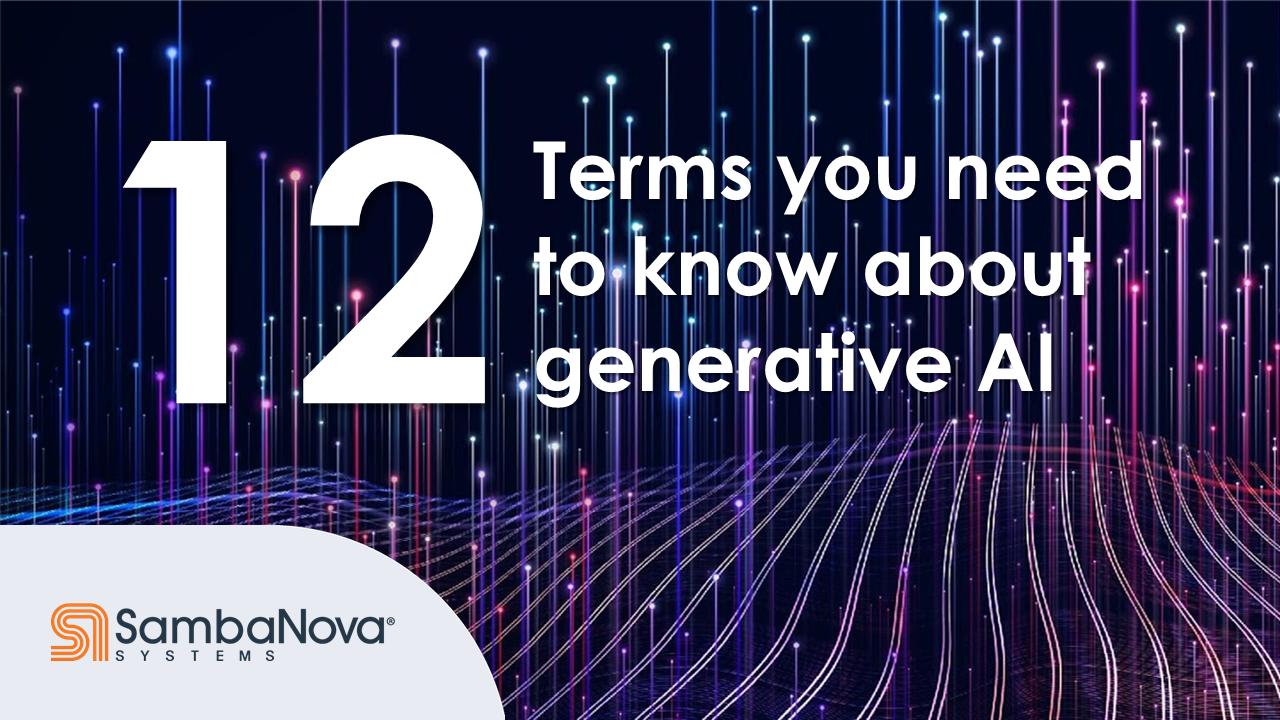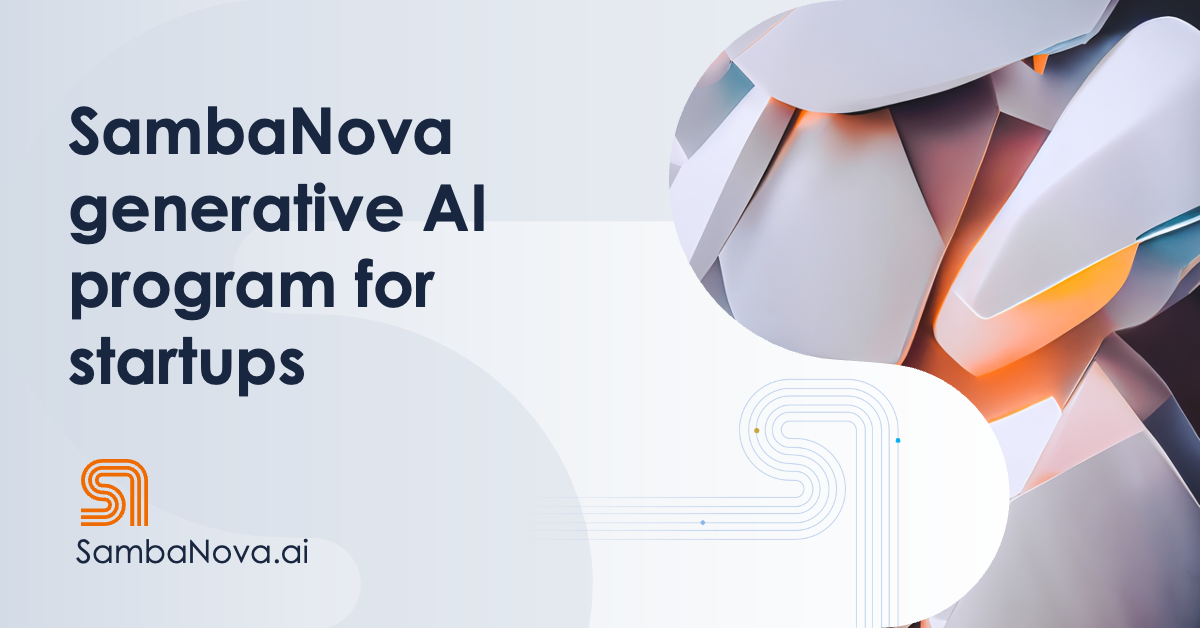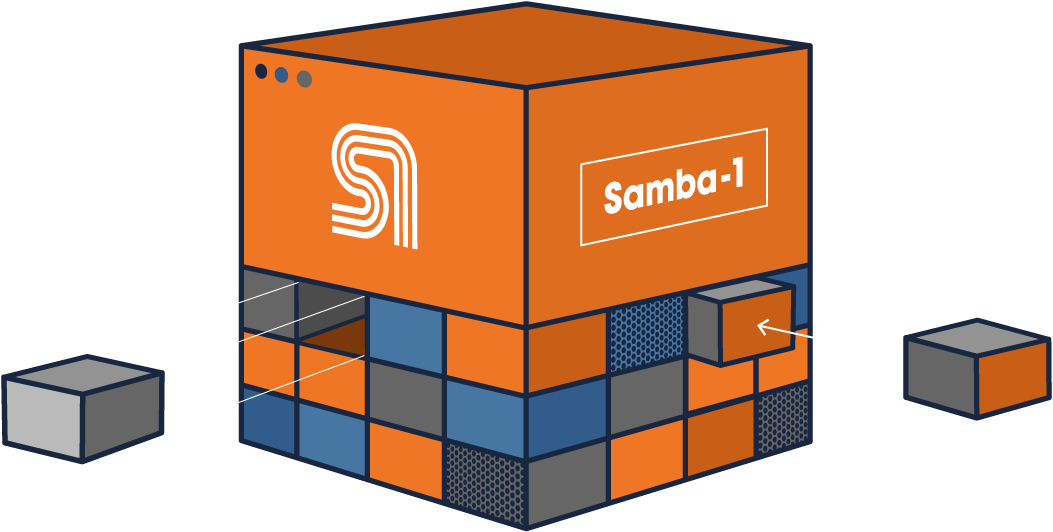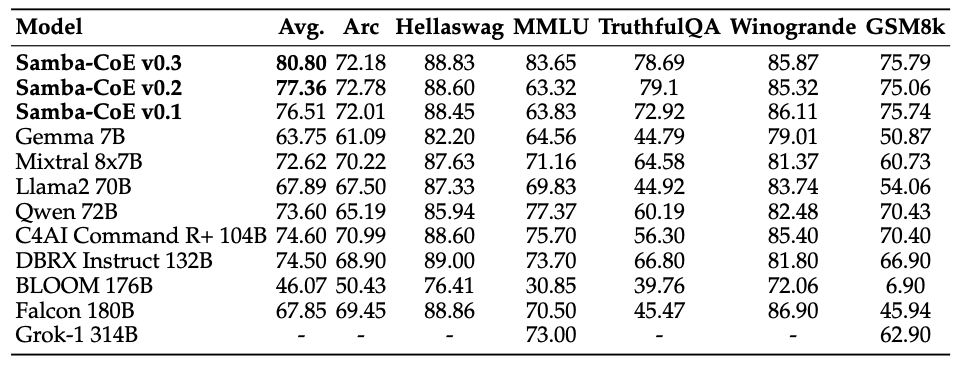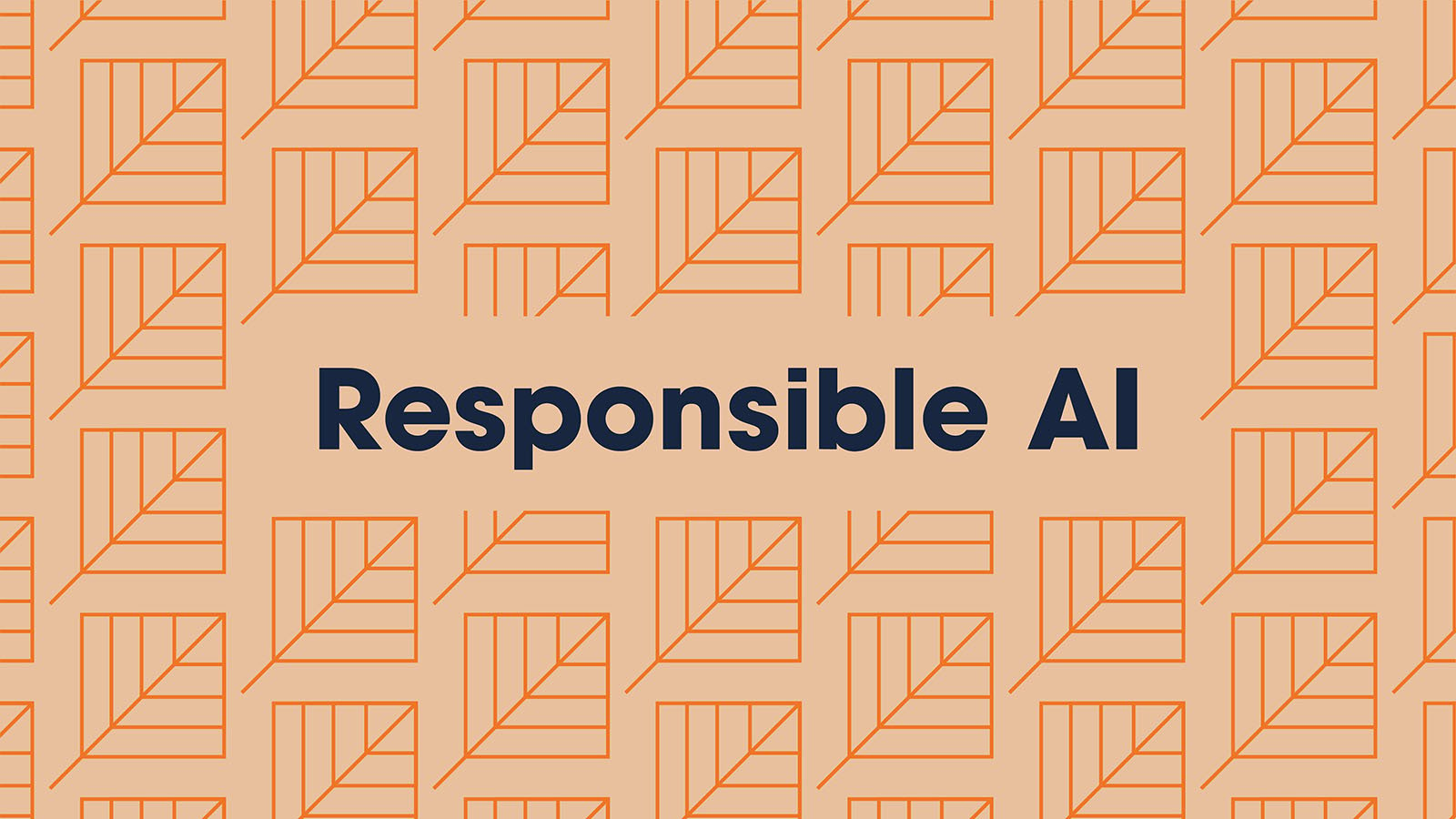Products
Products
SambaNova’s AI platform is the technology backbone for the next decade of AI innovation. Customers are turning to SambaNova to quickly deploy state-of-the-art AI and deep learning capabilities that help them outcompete their peers.
Products
The only, enterprise grade full stack platform, purpose built for generative AI
The platform for generative AI development and innovation
Technology
Technology
SambaNova delivers the only enterprise-grade full stack platform, from chips to models, purpose built for generative AI
Technology
The only, full stack platform purpose built for generative AI in the enterprise
1T+ parameter models, that span business use cases with high accuracy
Resources
Find what you need to accelerate your AI journey.
Resource Categories
Technical Documentation
Solutions
Solutions
SambaNova delivers generative AI for the enterprise that can scale across use cases
Community
Community
Find the resources you need to create AI solutions
Model Curation
Community
Technical Documentation
About
About
WHO WE ARE
Customers are turning to SambaNova to quickly deploy state-of-the-art AI capabilities to gain competitive advantage. Our purpose-built enterprise-scale AI platform is the technology backbone for the next generation of AI computing. We power the foundation models that unlock the valuable business insights trapped in data.
FEATURED RESOURCE
-
ProductsSambaNova’s AI platform is the technology backbone for the next decade of AI innovation. Customers are turning to SambaNova to quickly deploy state-of-the-art AI and deep learning capabilities that help them outcompete their peers.The only, enterprise grade full stack platform, purpose built for generative AIThe platform for generative AI development and innovation
-
TechnologySambaNova delivers the only enterprise-grade full stack platform, from chips to models, purpose built for generative AIThe only, full stack platform purpose built for generative AI in the enterprise1T+ parameter models, that span business use cases with high accuracy
-
ResourcesFind what you need to accelerate your AI journey.Resource CategoriesTechnical Documentation
-
SolutionsSambaNova delivers generative AI for the enterprise that can scale across use casesFEATURED RESOURCE
-
CommunityFind the resources you need to create AI solutionsModel CurationCommunityTechnical Documentation
-
AboutWHO WE ARECustomers are turning to SambaNova to quickly deploy state-of-the-art AI capabilities to gain competitive advantage. Our purpose-built enterprise-scale AI platform is the technology backbone for the next generation of AI computing. We power the foundation models that unlock the valuable business insights trapped in data.FEATURED RESOURCE
- Support



